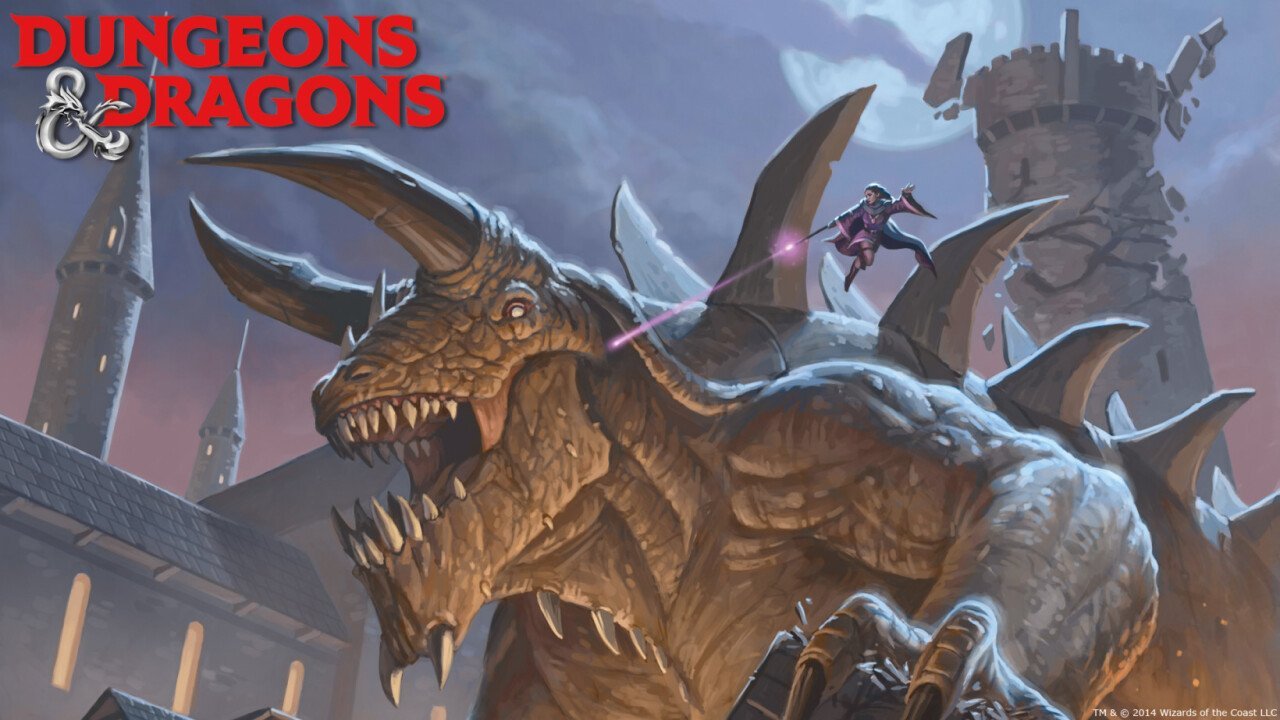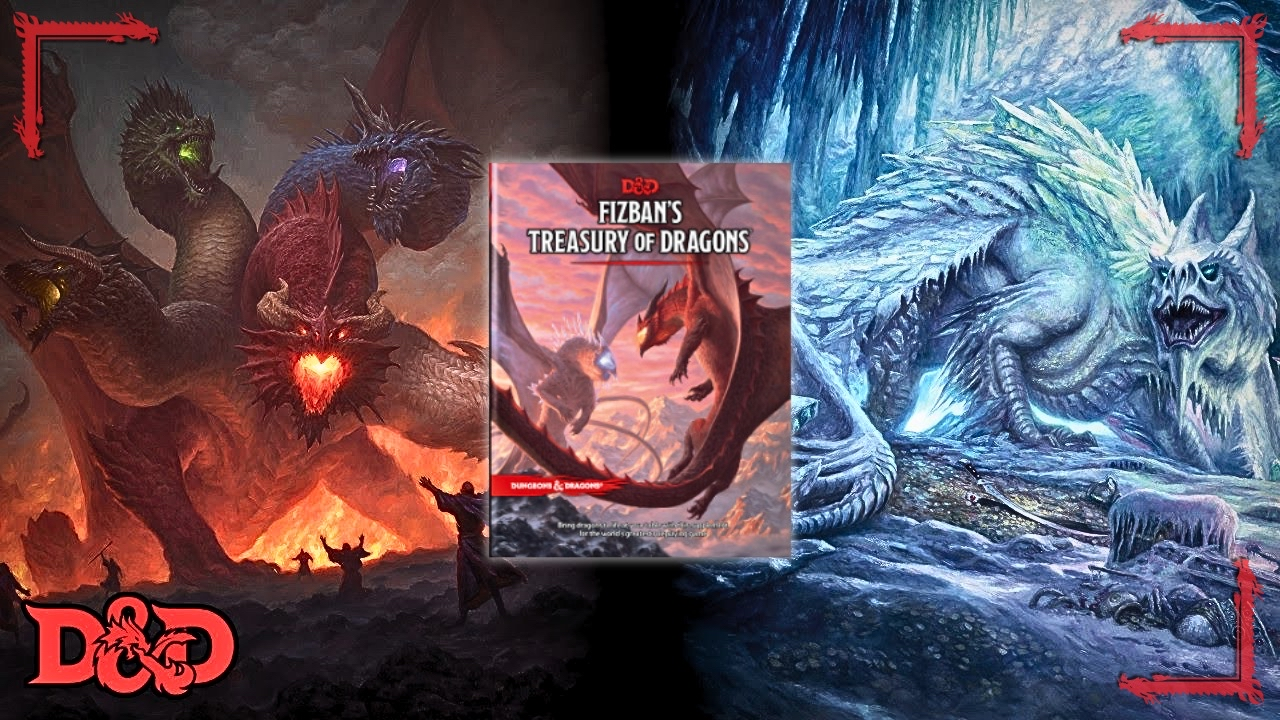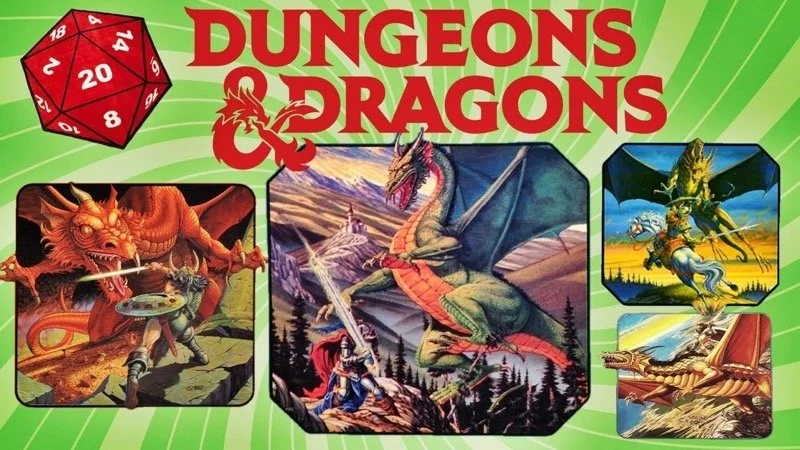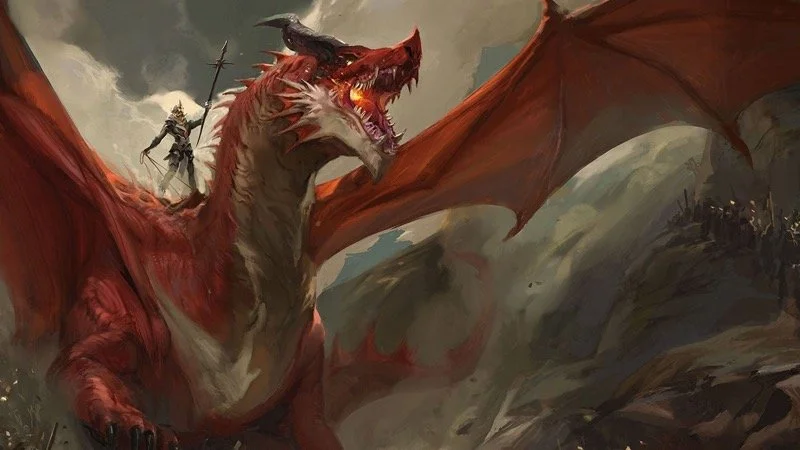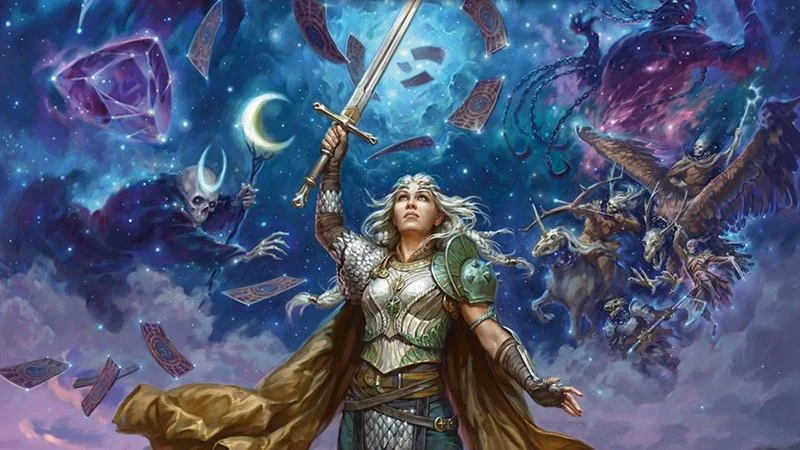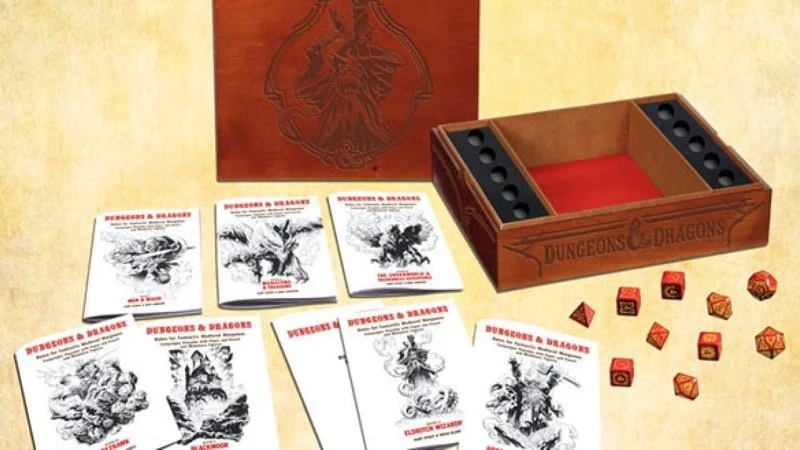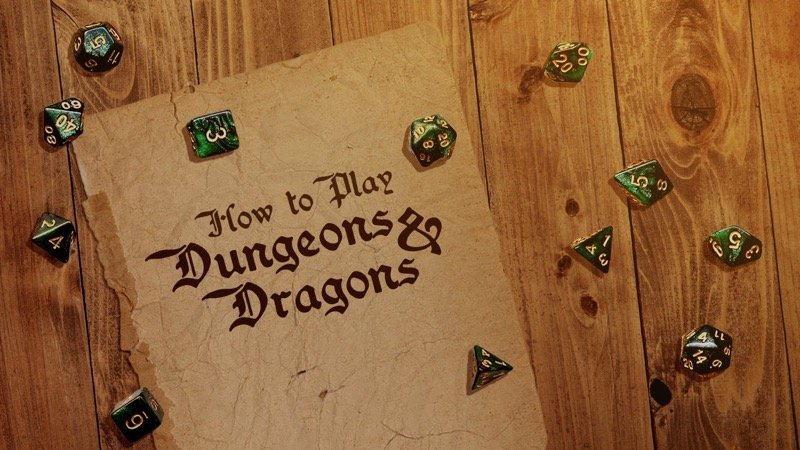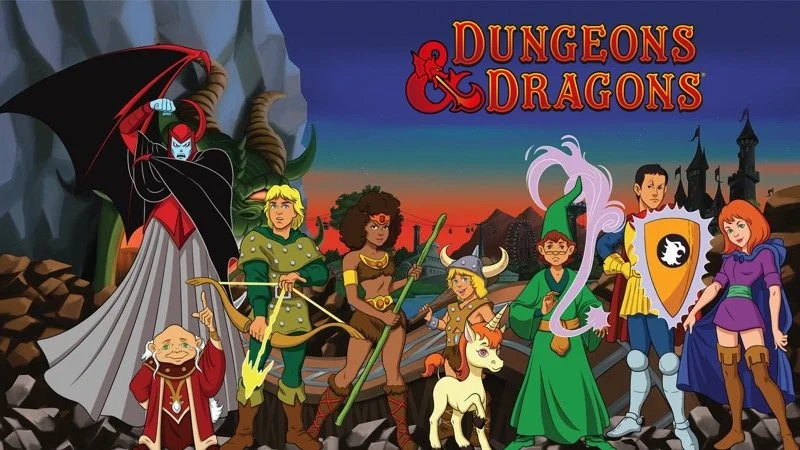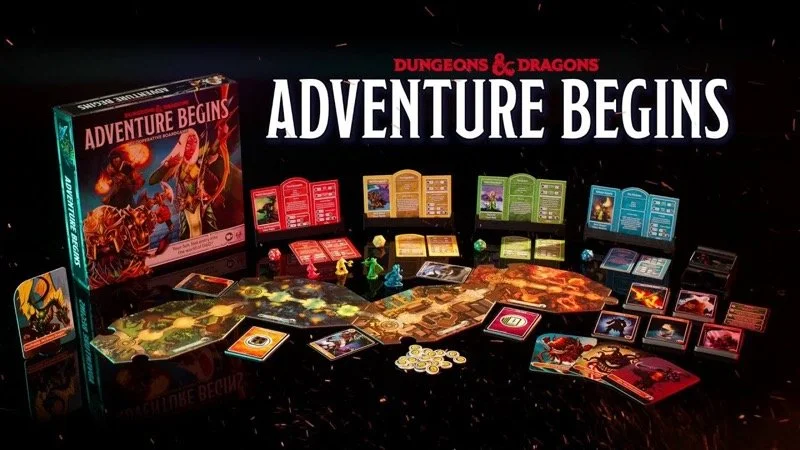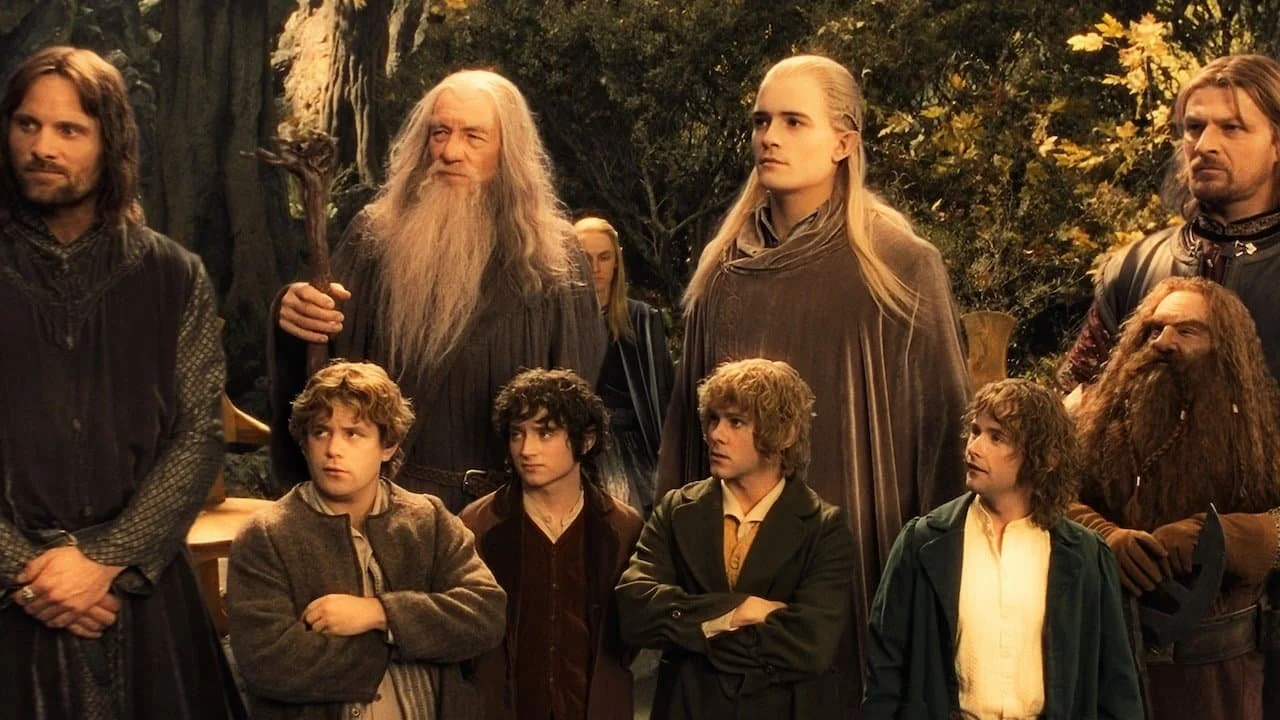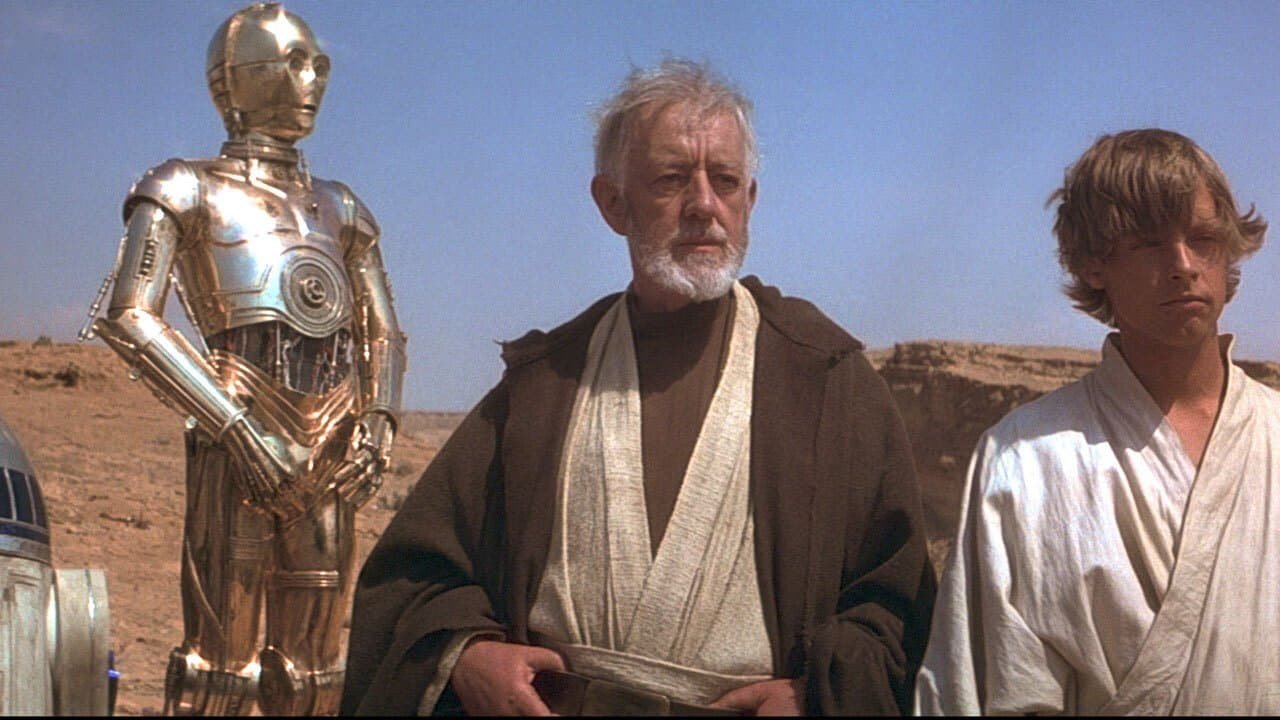The History Of 'Dungeons & Dragons': How The Game Evolved From One Basement Into The Game It Is Today
Image Source: TheNextWeb
It has been fifty years since the first iteration of Dungeons & Dragons was published in 1974. How long have you been playing? One of many publications to premiere this year in honor of the 50th anniversary will be The Making of Original D&D: 1970-1977. This June release will include a reprint of the game’s first manuscript, along with the creators’ handwritten annotations.
The origins of Dungeons & Dragons come back to Gary Gygax, who founded the International Federation of Wargamers and played wargames every weekend in his Wisconsin basement in the 1960s. At this time, Gygax and his local group, the Lake Geneva Tactical Studies Association, played tabletop miniature wargames including Gettysburg and Stalingrad.
RELATED:
Image Source: YouTube
Dave Arneson, who lived in Minnesota, also had a group of wargamers, the Midwest Military Simulation Association. They were typically playing Diplomacy or different variations of it. Gygax and Arneson first met in 1968 at Gen Con, an event Gygax had organized for wargame enthusiasts. Their first production together was Don’t Give Up the Ship, a naval wargame surrounding the events of the War of 1812.
In 1970, Gygax formed the Castle & Crusade Society for fans of medieval wargames, which Arneson soon joined. The Castle & Crusade Society developed a fanzine, The Domesday Book, which combined lasting characterization and the story-telling elements of gaming within their imagined medieval realm, the Great Kingdom.
Image Source: IGN
Gygax designed Chainmail in 1971, a miniature wargame that included an advanced combat system. An appendix in the official rules also included supplementary rules for Conan the Barbarian-style fantasy battles, but most players didn’t bother with anything beyond the standard historical wargaming action at the time. This appendix would set the standard for developing Dungeons & Dragons fantasy conquests in just a few short years.
Arneson would soon develop a variation of the game Braunstein, which he named Blackmoor. Players would role-play as individual characters with their own objectives, instead of controlling an army or acting on behalf of a nation as was standard in Diplomacy and Stalingrad. Blackmoor used hit points and the combat system Gygax had devised for Chainmail, in addition to borrowing ideas from the fantasy rules in its appendix.
Image Source: Niche Gamer
In Blackmoor, the characters could continue outside of just one game by leveling up after play sessions with experience points based on their objectives and accomplishments. The game’s events were distinctively set underground, such as in dungeons and caves, as opposed to battlegrounds.
Another differing aspect was the introduction of a game master, someone who wasn’t playing each game session, but instead would create and run the session (later referred to as a dungeon master or DM). “Role-playing isn’t storytelling,” Gary Gygax said, “If the dungeon master is directing it, it’s not a game.”
Image Source: GeekAlerts
Once Gygax got wind of Blackmoor, he asked Arneson to come to Wisconsin in February 1973 to lead a campaign for a small group of players in his basement. Gygax was blown away by Arneson’s creation, remarking that it was so innovative and different from anything he had played before. Gygax and Arneson worked together to write out formal rules for the new fantasy game and it soon became a 150-page document. From Chainmail and Blackmoor, Dungeons & Dragons was born.
Gygax tested out Dungeons & Dragons in its earliest stages by running games for his children and their friends. The first finished product was printed in January 1974 and sold for $10. Anyone who wanted to play would need the rulebook, the original Chainmail, and a set of multi-sided dice. There were only a thousand copies printed at first though, published by Tactical Studies Rules (TSR), a company Gygax started in his basement.
Image Source: IGN
After the game kicked off at colleges in the United States, the UK company Games Workshop began distributing it in Europe as well. By the end of 1975, the company had profited over $60,000. Soon, they were producing prepackaged campaigns, the first Monster Manual, and standalone maps.
By 1982, Dungeons & Dragons was seeing over $16 million in sales annually and TSR expanded with international offices in the United Kingdom. There was even an animated series, also titled Dungeons & Dragons, that ran from 1983-1985. However, it was around this time that Arneson and Gygax were separating due to legal disputes over Arneson not receiving royalties for the second edition, Advanced Dungeons & Dragons.
Image Source: TV Insider
In just a couple of more years, Gygax was removed from TSR soon after he invited Lorraine Williams to help manage the suddenly sinking company. He wouldn’t see control of the company or D&D ever again. Williams led TSR throughout the 1990s and began the production of books based on the game.
Wizards of the Coast bought out TSR in 1997 and produced a third edition of Dungeons & Dragons materials in 2000. The new D&D system included an Open Gaming License, which allowed anyone to create variations based on the core system for their own games. One of the most well-known ventures to come from the Open Gaming License was Pathfinder. Since 2000, Wizards of the Coast has published the fourth and fifth editions of Dungeons & Dragons along with countless reference materials and modules.
Image Source: Wizards of the Coast
In recent years, Dungeons & Dragons has sparked in popularity again, thanks to pop culture hits like Stranger Things, The Legend of Vox Machina, and Dungeons & Dragons: Honor Among Thieves. When was the last time you rolled up a barbarian dwarf and role-played your way through some battles? The next Dungeons & Dragons release from Wizards of the Coast will be the Vecna: Eve of Ruin campaign on May 21 and updated editions of the Player’s Handbook and Dungeon Master’s Guide this fall. Next February, there will also be a revision of the Monster Manual.
READ NEXT:

